Table of content
In the culinary world, dried foods play a pivotal role, offering a convenient and long-lasting way to preserve the essence of fresh ingredients. From mushrooms and herbs to fruits and seaweed, these concentrated flavors can elevate dishes to new heights when used correctly. However, to unlock their full potential, one must first master the art of rehydrating dried foods. This process, often overlooked, is crucial in restoring the texture, aroma, and nutritional value of these ingredients, transforming them back into a form that’s ready for culinary magic. In this comprehensive guide, we’ll explore various methods and tips for how to泡发 (rehydrate) dried foods effectively, ensuring that every meal you create is as vibrant and delicious as possible.
Understanding the Importance of Rehydration
Dried foods are essentially fresh ingredients that have undergone a dehydration process to remove moisture, thereby extending their shelf life. This preservation technique浓缩了 flavors and nutrients, making them highly concentrated. When rehydrated properly, these ingredients can regain their original texture, color, and taste, ready to be incorporated into a wide array of dishes. Improper rehydration, on the other hand, can lead to overcooked, mushy, or flavorless results, wasting the high-quality ingredients you’ve invested in.
General Principles for Successful Rehydration
-
Quality of Dried Foods: Start with high-quality dried foods. The better the initial product, the more satisfying the final result will be. Look for products that are naturally dried, without added preservatives or artificial colors.
-
Temperature Control: Use lukewarm to hot water for most dried foods, as boiling water can cause rapid expansion and loss of nutrients. For delicate items like herbs and leafy greens, cooler water is preferable to preserve their delicate textures.
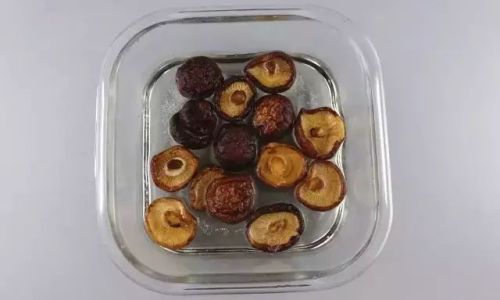
-
Soaking Time: The duration of soaking varies depending on the type and thickness of the dried food. Thinner items like seaweed or thin-sliced mushrooms may only need a few minutes, while thicker ones like dried beans or lentils can require several hours or even an overnight soak.
-
Liquid-to-Solid Ratio: Use enough liquid to fully submerge the dried foods but avoid excessive amounts that could dilute flavors. For some items, like dried fruits, a light misting or quick dip in water may suffice.
-
Flavor Extraction: Consider adding aromatic ingredients like garlic, onions, or bay leaves to the soaking liquid to enhance flavor extraction. This step is particularly beneficial for dried mushrooms and herbs.
Methods for Rehydrating Different Types of Dried Foods
Dried Mushrooms
Mushrooms are a prime example of how rehydration can transform a humble dried ingredient into a culinary delight. Start by rinsing them under cold water to remove any surface dust. Then, soak them in hot water for about 20-30 minutes, or until they are pliable and have regained their shape. Save the soaking liquid, as it’s packed with flavor and can be used in soups, stews, or sauces. For a richer flavor, try soaking them in a mixture of water and a splash of dry sherry or white wine.
Dried Herbs and Spices
Unlike mushrooms, dried herbs and spices generally don’t require soaking but rather a gentle release of their oils through toasting or steeping in hot liquid. For herbs like thyme, rosemary, or oregano, a quick toast in a dry pan can awaken their aroma. For spices like cinnamon sticks or star anise, simmering them in a liquid like broth or tea for a few minutes allows their flavors to infuse fully.
Dried Fruits
Dried fruits add natural sweetness and texture to dishes. They can be quickly rehydrated by soaking in hot water for a few minutes or by microwaving them on low power with a splash of water. Alternatively, placing them in a covered bowl with a damp paper towel overnight works well for a more gradual rehydration. This method is particularly useful for fruits like raisins, cranberries, or apricots that you want to use in baked goods or salads.
Dried Beans and Legumes
Beans and legumes require a more extended soaking period due to their density. The traditional method involves soaking them in cold water overnight, which helps soften them and reduce cooking time. For a quicker option, use the quick-soak method: bring beans to a boil in water, then remove from heat and let them soak covered for an hour. Drain and rinse before cooking. Soaking not only improves texture but also helps to remove indigestible sugars that can cause gas.
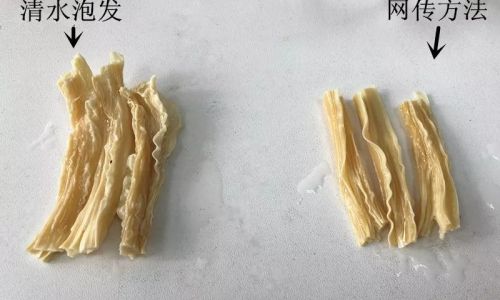
Dried Seaweed
Seaweed, whether in the form of nori sheets, kelp, or dulse flakes, adds a burst of umami to dishes. For sheets like nori, a quick dip in water to soften them before wrapping sushi rolls is sufficient. For flakes or strips, soaking in cold water for a few minutes or until they are tender is ideal. Remember, seaweed can become overly soggy quickly, so monitor soaking times closely.
Tips for Perfect Rehydration
-
Experimentation: Different brands and types of dried foods may vary in their rehydration needs. Don’t be afraid to experiment with soaking times and temperatures to find what works best for your specific ingredients.
-
Storage: Once rehydrated, use the ingredients promptly to avoid loss of quality. If storing for later use, refrigerate in an airtight container with the soaking liquid if possible.
-
Texture Considerations: Keep in mind the desired texture of the final dish. For example, when rehydrating dried vegetables for a stir-fry, you may want to maintain a bit of crunch, so soak them just until tender but not mushy.
Conclusion
Rehydrating dried foods is a simple yet crucial skill that can significantly enhance your culinary repertoire. By understanding the unique needs of each type of dried ingredient and applying the right techniques, you can unlock a world of flavors and textures that elevate everyday meals to extraordinary heights. Whether you’re a seasoned chef or a home cook eager to experiment, mastering the art of rehydration will empower you to create dishes that are as nutritious as they are delicious. Happy cooking!
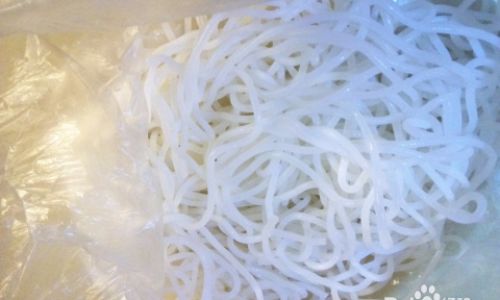

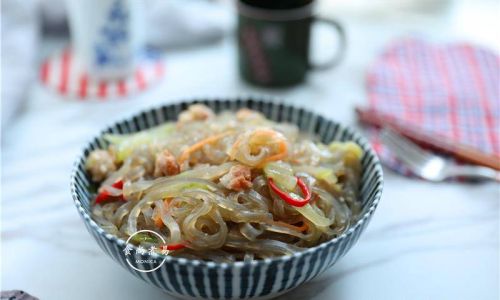
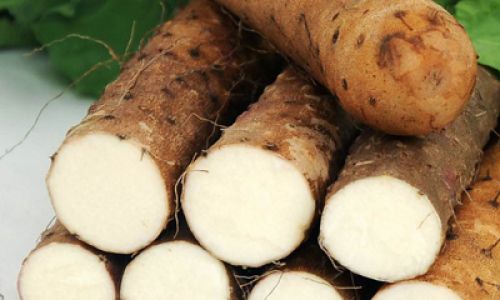
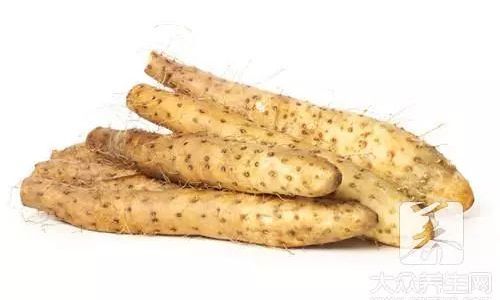
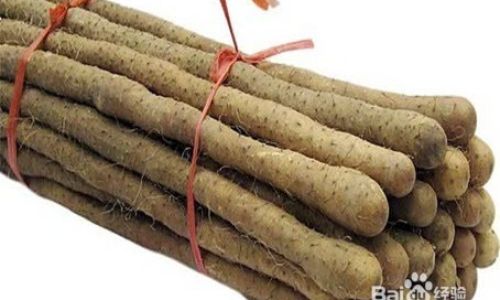
0 comments